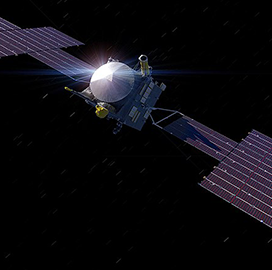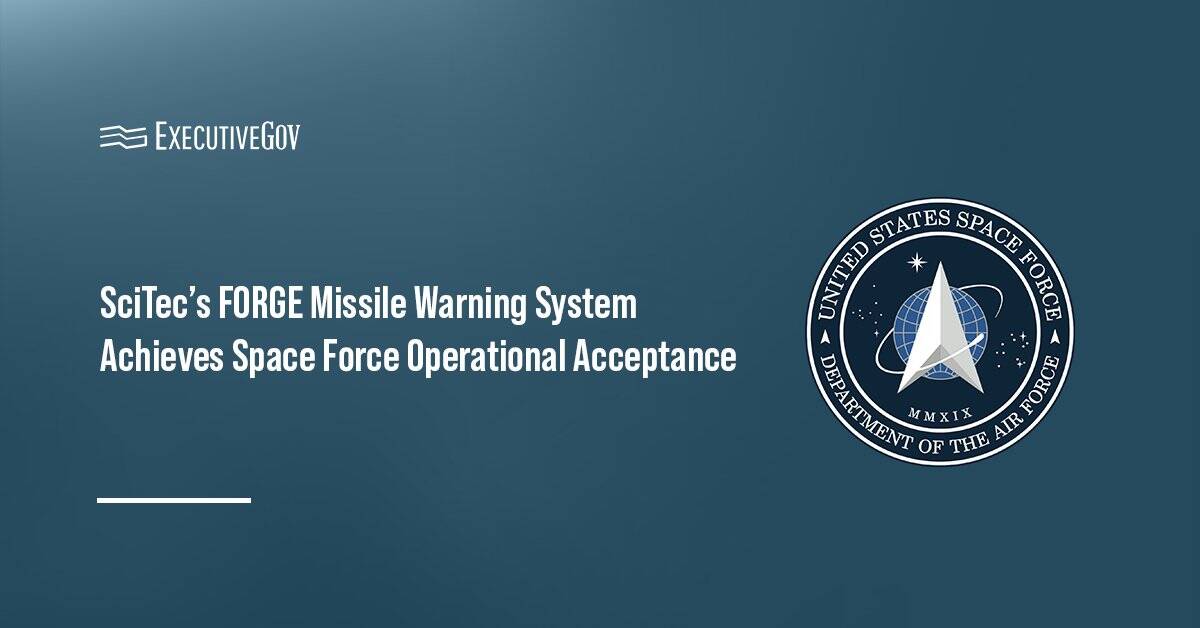NASA’s Deep Space Optical Communications experiment on Tuesday achieved “first light” after a flight laser transceiver aboard the agency’s Psyche spacecraft transmitted and received near-infrared signals from Earth.
The DSOC experiment sent a near-infrared laser signal encoded with test data from a distance of nearly 10 million miles to a telescope at Caltech’s Palomar Observatory in California, NASA said Thursday.
The space agency’s Jet Propulsion Laboratory in Southern California reportedly oversees the DSOC experiment and the Psyche spacecraft.
The experiment is part of the Psyche mission that launched in October to study the main asteroid belt between Mars and Jupiter and seeks to demonstrate data transmission rates 10 to 100 times greater than today’s radio frequency tools aboard spacecraft.
“Achieving first light is one of many critical DSOC milestones in the coming months, paving the way toward higher-data-rate communications capable of sending scientific information, high-definition imagery, and streaming video in support of humanity’s next giant leap: sending humans to Mars,” said Trudy Kortes, director of Technology Demonstrations at NASA Headquarters in Washington.
The transceiver aboard Psyche also sent test data through the downlink and uplink lasers as part of the experiment.
The DSOC team will now further develop the systems responsible for controlling the pointing of the transceiver’s downlink laser on the transceiver in order to start the demonstration of maintaining high-bandwidth data transmission between the transceiver and Palomar Observatory.





